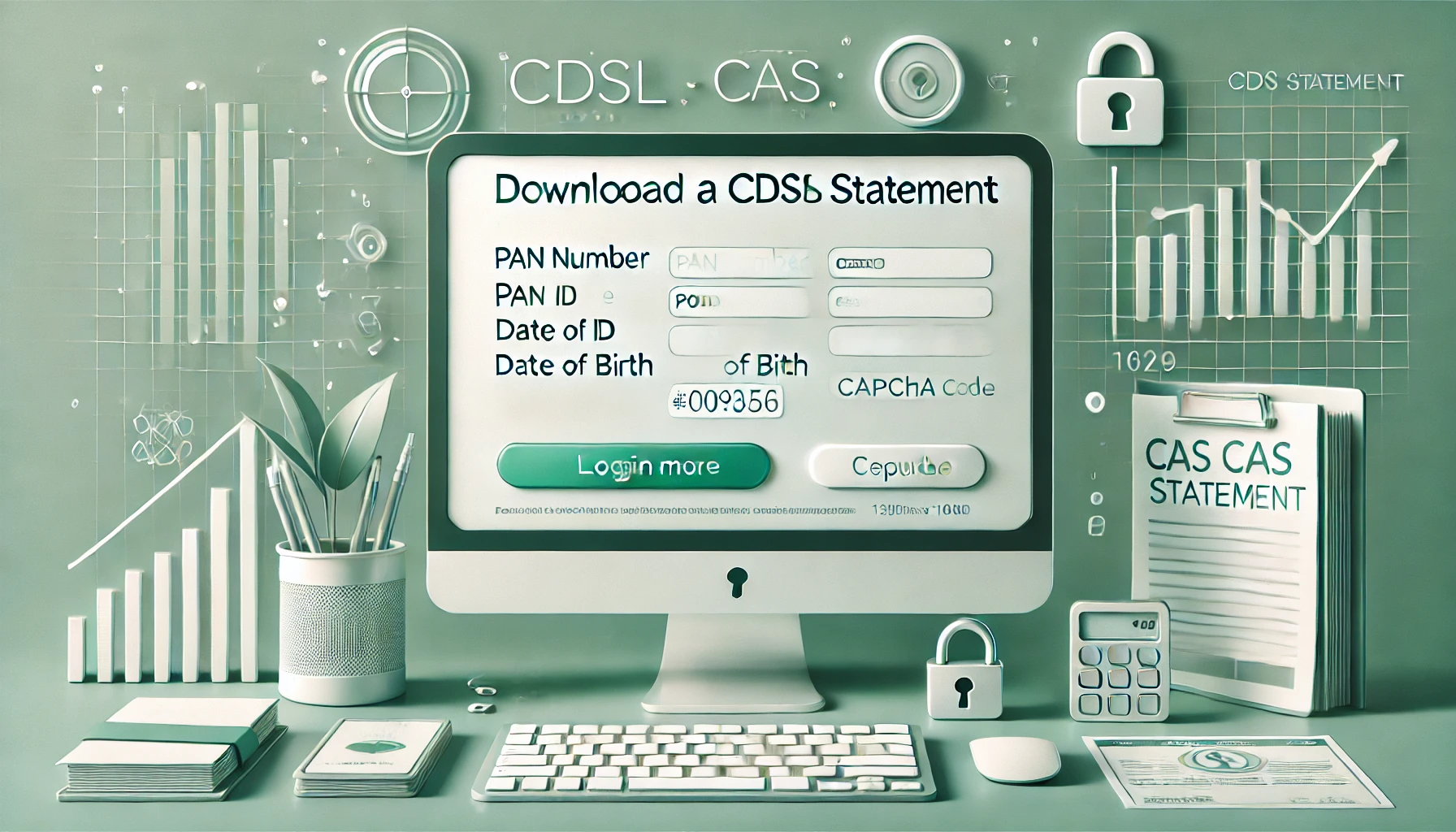
SIP Flows Are Slowing: Why Retail Investors Should Stop Timing the Market
SIP folio share is falling and SIP stoppage ratios are above 75% post Apr 2025 clean-up. H...
One of the most frequently asked questions by investors is: Can I enhance returns on a Systematic Investment Plan (SIP) in mutual funds? The answer isn’t as straightforward as picking the right fund or market timing. Instead, it revolves around discipline, consistency, and smart investing strategies.
A crucial decision investors often face when starting SIPs is choosing the date. The million-dollar question: Does the SIP date impact returns? Can choosing the beginning of the month instead of the end make a difference?
A comprehensive study analyzing SIP returns on the Sensex over a 27-year period (September 1996 – March 2023) revealed an interesting insight - the SIP date does not significantly impact returns. The difference between the best and worst SIP dates was just 0.08%, a negligible variation. This means that no matter which date you pick, your overall returns will remain largely unaffected.
Another common assumption is that frequent SIPs (daily or weekly) may lead to better rupee-cost averaging than monthly SIPs. However, as established earlier, since the SIP date has little impact on returns, the frequency of SIPs doesn’t matter significantly either. Moreover, frequent SIPs can be an administrative burden. A well-planned monthly SIP is sufficient to benefit from compounding and market volatility.
To make the most of SIPs, it’s essential to tailor them to your needs:
Stepped-up SIPs: If you anticipate income growth, opt for a step-up SIP, which increases your investment amount periodically.
Salary-Date Alignment: Set your SIP date just after your salary credit date to avoid fund insufficiency issues.
Dealing with Uncertain Income: If your income is irregular, start with a minimum SIP and use the balloon option (increasing investments during high-income periods) to optimize wealth accumulation.
While choosing the right SIP date is not crucial, four key factors determine the success of an SIP investment:
The most critical aspect of an SIP is staying invested for the long term. Many investors stop their SIPs due to market fluctuations or short-term financial crunches. However, the key to wealth creation is maintaining SIP contributions until the goal is achieved. Instead of saving what remains after expenses, prioritize savings first and then plan expenses.
Market fluctuations might tempt investors to alter or pause their SIPs, but time in the market is more important than market timing. The longer you stay invested, the more substantial your wealth accumulation. Even a moderate SIP amount held for a longer duration can create significant financial growth due to compounding.
SIP returns depend on where you invest. Many investors make the mistake of putting SIPs in low-yield instruments like liquid or arbitrage funds. While these offer stability, they do not generate long-term wealth. Equity mutual funds, particularly diversified or index-based funds, are the best vehicles for long-term capital appreciation.
A stagnant SIP amount might not be sufficient in the long run. As your income increases, your savings potential also grows. Use either of the following methods to ensure your SIP scales with your financial growth:
Step-up SIP: Automatically increase SIP contributions annually.
Additional SIPs: Invest additional lump sums or start parallel SIPs as income rises.
One of the best ways to maximize SIP effectiveness is goal-based investing. Instead of investing randomly, align your SIPs with specific financial goals like buying a home, children’s education, or retirement planning. This provides clarity, motivation, and better risk management.
SIPs remain one of the best wealth-building tools for long-term investors. While market fluctuations and external factors may impact short-term performance, discipline, consistency, and strategic planning lead to significant financial growth. Instead of overanalyzing the SIP date, focus on investing in the right funds, maintaining a long-term horizon, and stepping up contributions over time.
By following these strategies, you can make your SIPs not just an investment, but a pathway to financial freedom.
Any date works fine, as long as you stay invested for the long term. Historical data suggests negligible differences in returns across different SIP dates.
Not necessarily. A monthly SIP is more convenient and offers similar returns to frequent SIPs over the long run.
Yes, SIPs are flexible. However, stopping early may disrupt long-term wealth creation. If facing financial issues, reduce the SIP amount instead of stopping it.
Equity mutual funds, especially index funds, diversified funds, or blue-chip funds, offer the best long-term wealth creation potential.
Yes! Either opt for step-up SIPs or start additional SIPs to align with your rising income.
By applying these principles, you can ensure that your SIP investments work efficiently towards achieving your financial goals!
Disclaimer: This article is for informational purposes only and does not constitute investment, tax, or legal advice. Mutual Fund investments are subject to market risks. Please read all scheme-related documents carefully before investing. Past performance is not indicative of future results. SIP does not guarantee returns and is subject to market fluctuations. Consult a SEBI-registered investment advisor for personalized financial planning.
Popular now

Learn how to easily download your NSDL CAS Statement in PDF format with our step-by-step g...

Explore what Specialised Investment Funds (SIFs) are, their benefits, taxation, minimum in...

Learn How to Download Your CDSL CAS Statement with our step-by-step guide. Easy instructio...

Looking for the best financial freedom books? Here’s a handpicked 2025 reading list with...